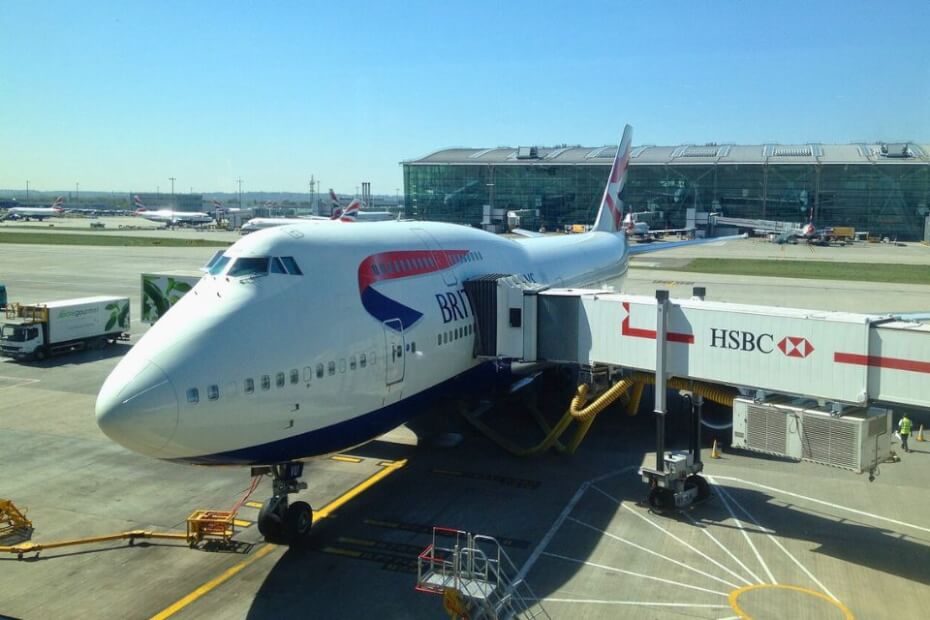
Air and sea carriers must verify passengers’ European Travel Information and Authority System (ETIAS) permissions within 48 hours before departure.
ETIAS is the new electronic travel permit required for all non-visa travelers to the European Union’s (EU’s) Schengen Area. This includes British citizens.
When the ETIAS travel authorization system launches in mid-2025, air and sea carriers must be ready to comply and confirm passengers’ ETIAS.
International coaches, however, will have three years to comply with the requirement.
On the other hand, train carriers will not be required to check if passengers have valid ETIAS permissions.
The EU stated, “Independently from the means of transportation used by the travelers, their ETIAS will always be checked at the border.”
EU border officers must verify ETIAS permissions of train passengers before boarding.
This will be the case for travelers departing from the UK by train, such as the Eurostar.
New electronic interface tool to verify ETIAS
The EU will provide air and sea carriers with a new electronic tool to confirm ETIAS permissions before departure.
Carriers must first register with the eu-LISA to use the new interface tool.
The eu-Lisa is the European Agency for the Operational Management of Large-Scale IT Systems in the Area of Freedom, Security, and Justice.
It provides technological support for the EU countries’ efforts to make Europe safer.
This includes the EU’s new electronic border management systems, the ETIAS and the Entry/Exit System (EES).
Currently, over 1,000 carriers, mainly airlines, have completed the registration process for the new ETIAS interface tool.
Once registered, carriers must connect their systems to the new ETIAS carrier interface to send verification requests.
They must also undergo pre-compliance system-to-system connections and obtain a compliance certification.
Carriers using the web portal or mobile app must train authorized staff according to eu-LISA guidelines.
ETIAS carrier interface will also check EES
Aside from verifying ETIAS permissions, the EU’s new interface tool will also help check EES.
The EES will record the entry and exits of both short-stay visa holders and non-visa travelers to the Schengen Area. This also includes UK citizens.
It replaces the manual stamping of passports with automated biometric fingerprints and facial scans at the EU border.
The eu-LISA’s carrier infographic states that carriers must check if third-country nationals with short-stay visas have used their authorized number of entries into the EU.
With the new carrier interface tool, travelers flagged by the system as “OK” will be allowed to board.
For travelers flagged as “NOK,” carriers must manually verify the traveler’s permission documents.
Only passengers with valid ETIAS or Schengen visas will be allowed to board.
Carriers can be penalized by EU member states for transporting passengers without proper travel documents.
However, they will avoid penalties if their verification query is sent within 48 hours before departure and returns an “OK” response.
The ETIAS Central Unit will also be available 24/7 to provide technical and operational assistance in English through a web portal and emergency phone line.
ETIAS to launch in two phases in mid-2025
The EU will phase in ETIAS over 12 months to minimize disruption and aid travelers’ adjustment.
The gradual implementation also allows authorities to assess its impact before becoming mandatory.
The rollout involves two phases: a six-month transitional period and a six-month grace period.
During the transitional period starting in May 2025, travelers should apply for their ETIAS before visiting the Schengen Area.
However, those without an ETIAS will not be denied entry if they meet all other Schengen Area entry requirements.
During the grace period, all travelers must have an ETIAS when visiting the Schengen Area.
Those without ETIAS will be refused entry at the border, except for first-time European visitors during the transitional period, provided they meet other entry requirements.
Potential ETIAS issues
The ETIAS implementation will come about seven months after the EU enforces the EES.
Carriers transporting passengers between the EU and the United Kingdom (UK) borders have raised potential issues regarding the new systems.
Airlines raised concerns that verifying ETIAS 48 hours before departure may eliminate last-minute bookings.
Train and ferry officials seek to delay the EES rollout due to insufficient infrastructure for biometric registration and checks.
The EU’s new EES app for possible online biometric registration will also not be ready by October 2024.
According to EU regulations, a border guard must be present to verify the initial biometric registration.
Travelers must exit their vehicles before submitting their fingerprints or facial scans.
Officials have warned of 14-hour delays and limiting the number of train passengers to prevent long queues.
Carriers will also be responsible for checking passengers’ valid UK Electronic Travel Authorization (ETA) or visa before allowing them to board.
Air carriers must submit their General Aviation Report (GAR) and Advance Passenger Information (API) through interactive portals that will trigger a response from the Home Office.
This involves a different interactive system similar to the one used for checking ETIAS.
There have been concerns about the interoperability of all three new electronic border management systems once enforced.

